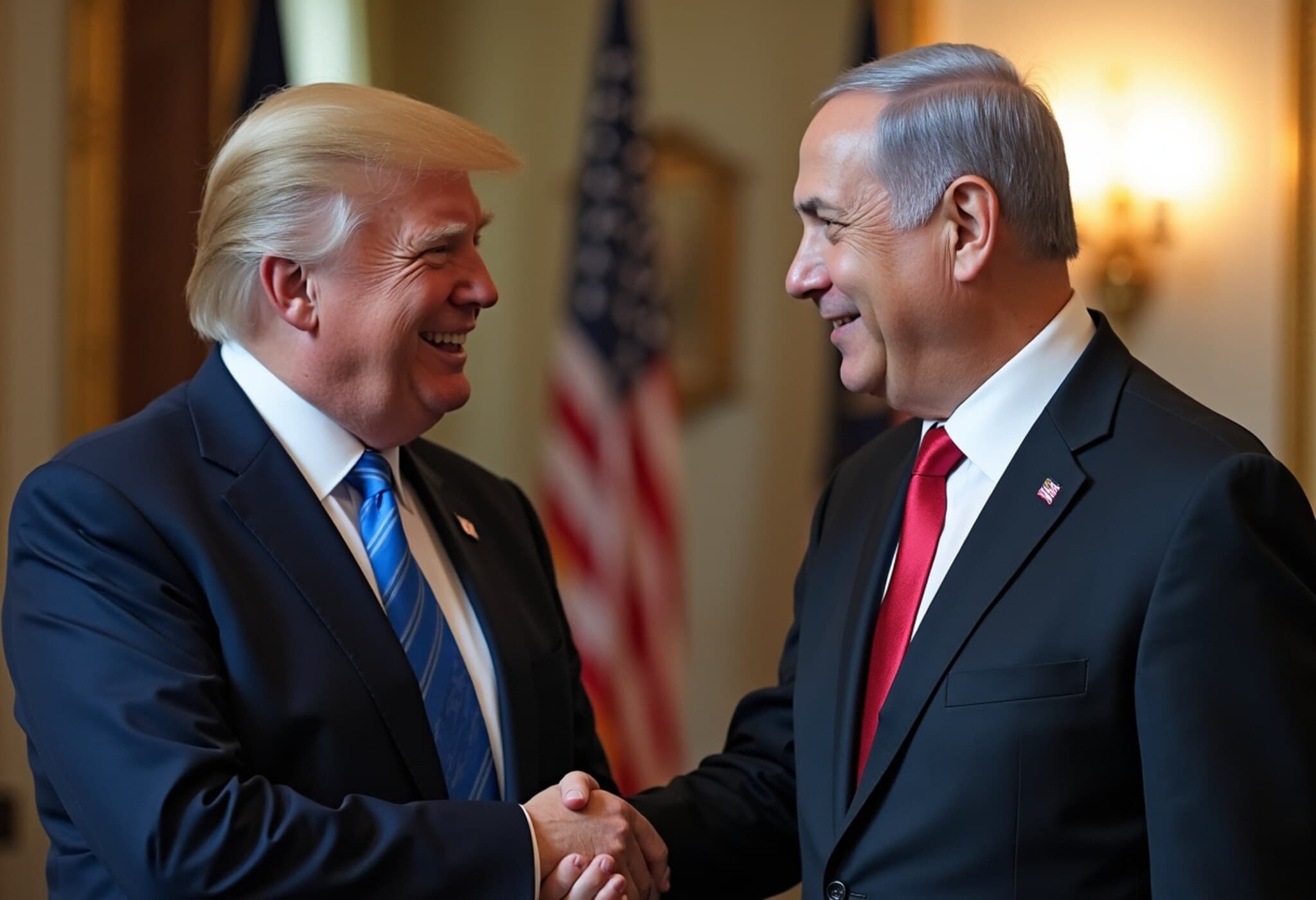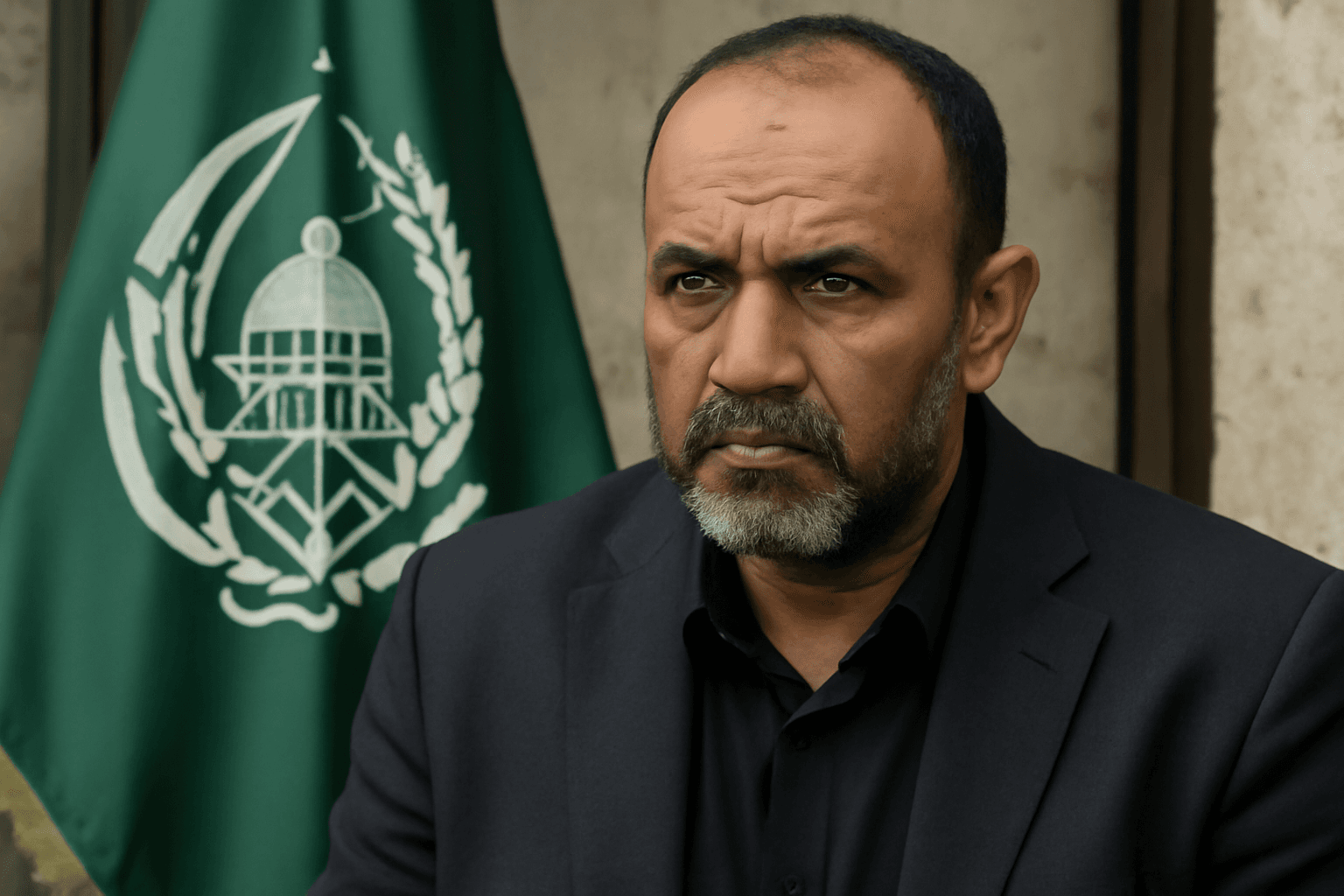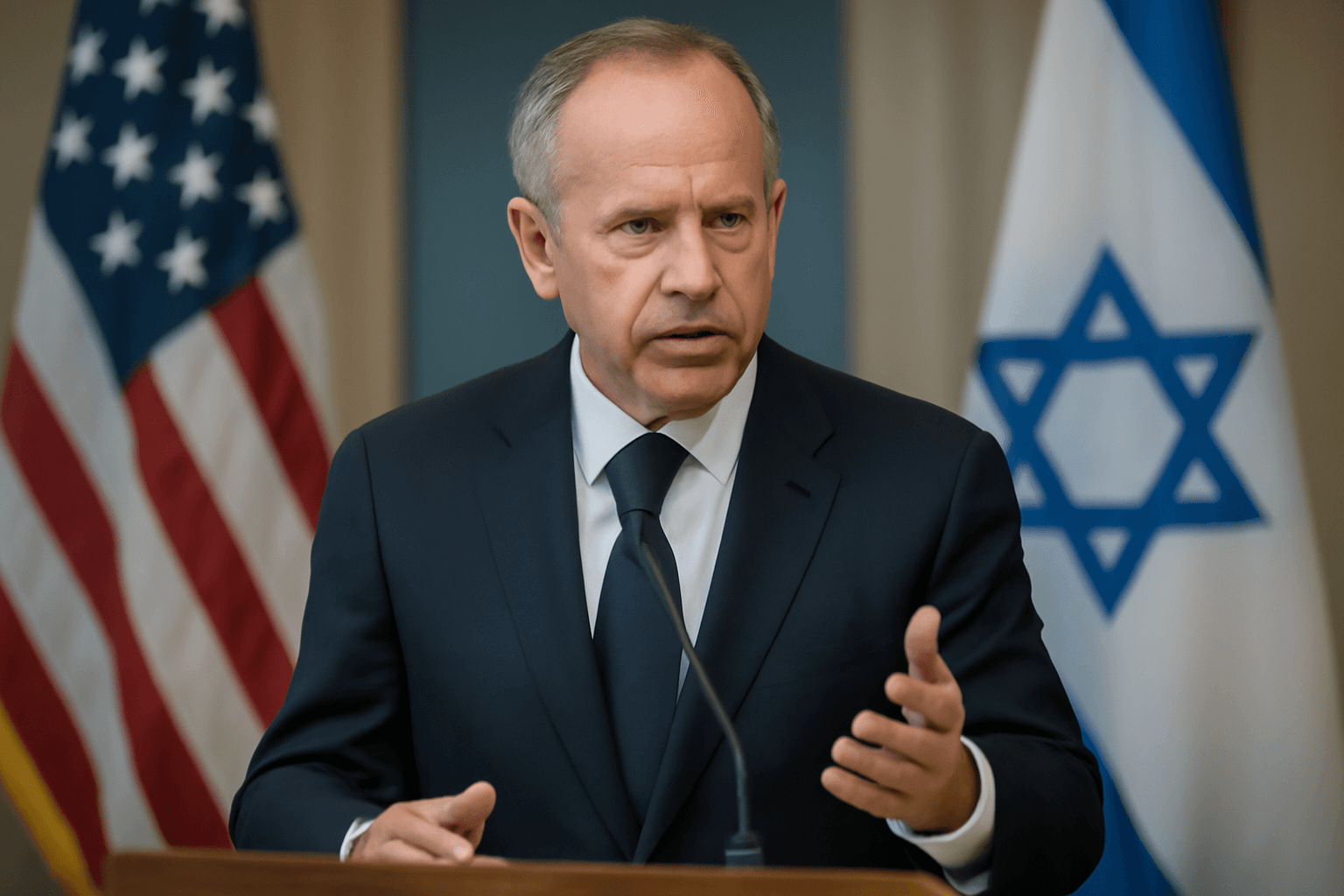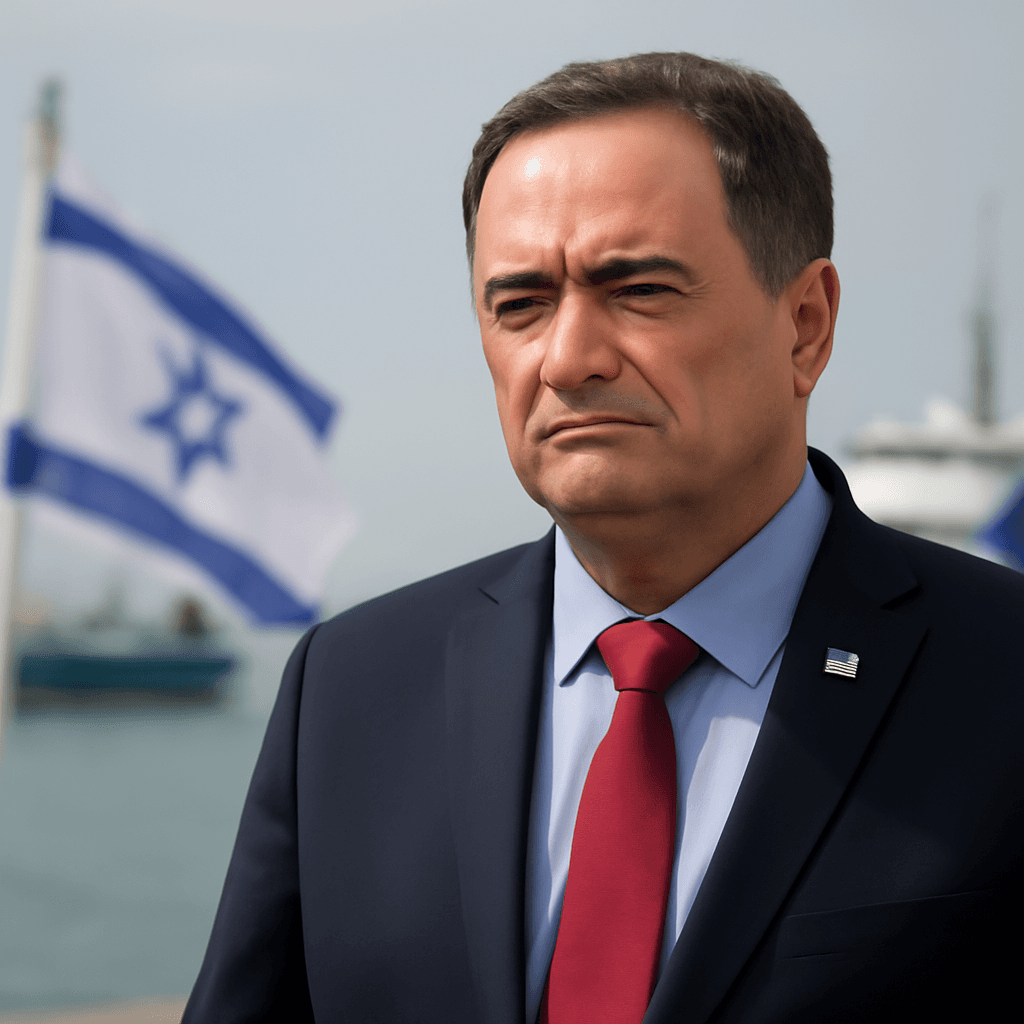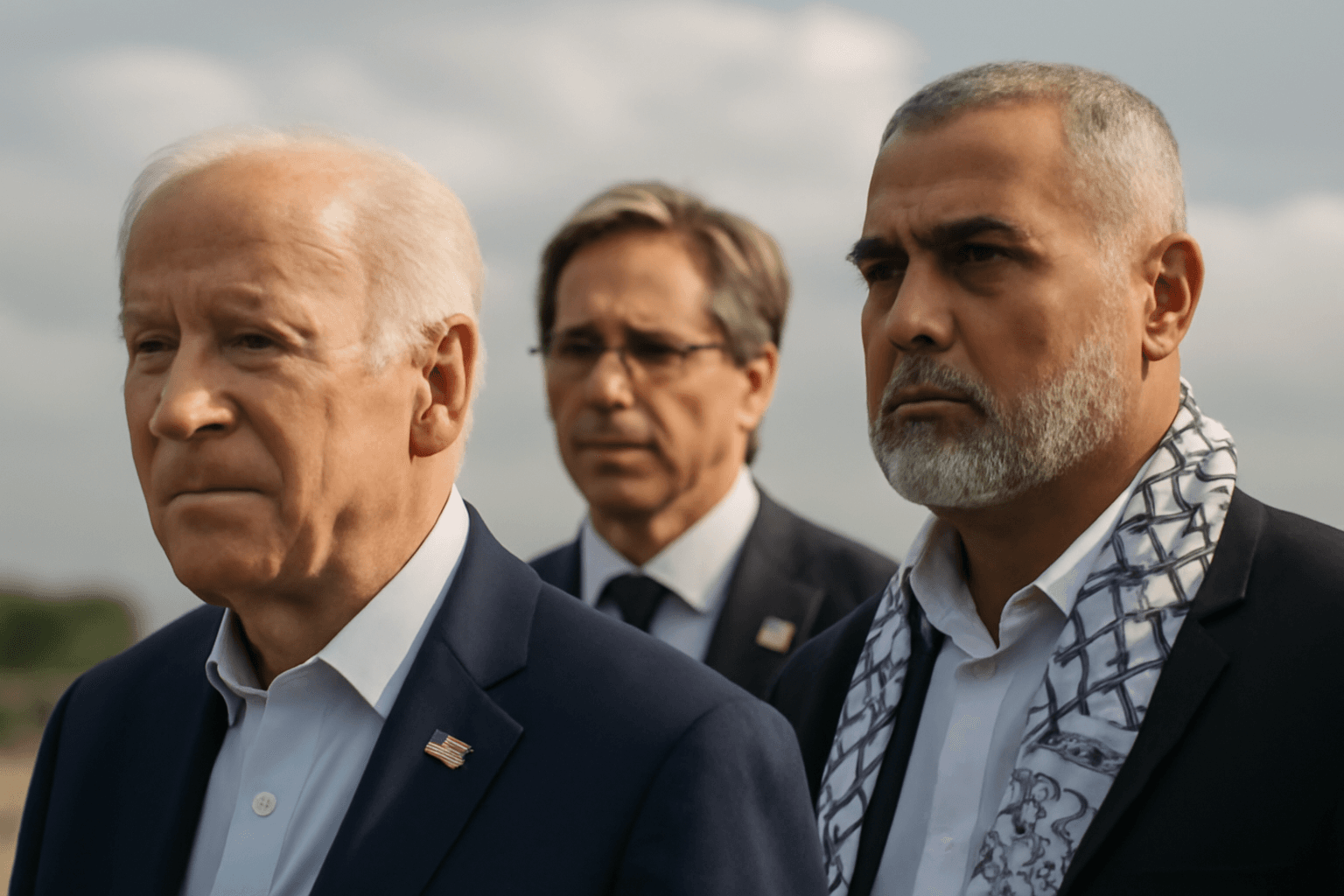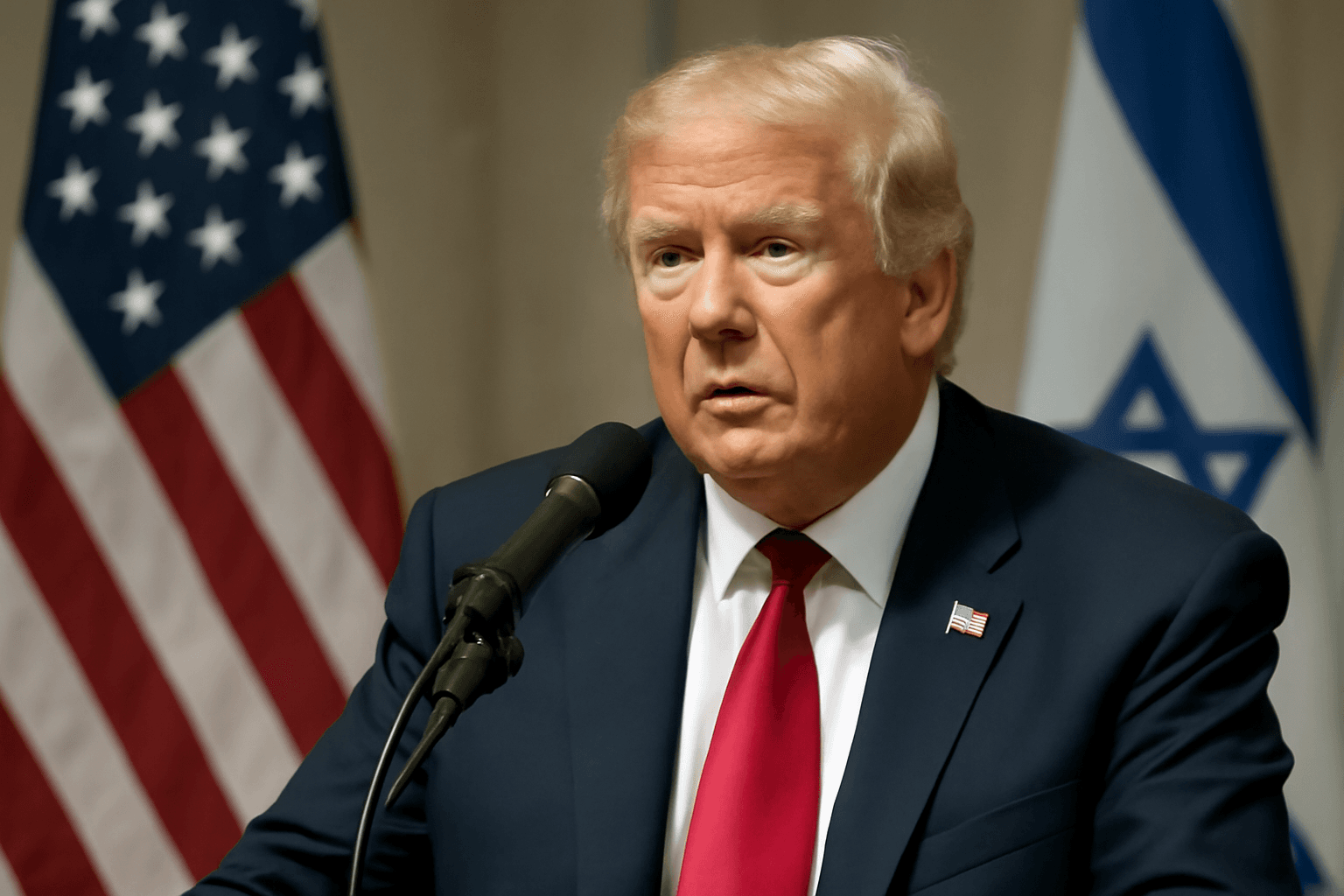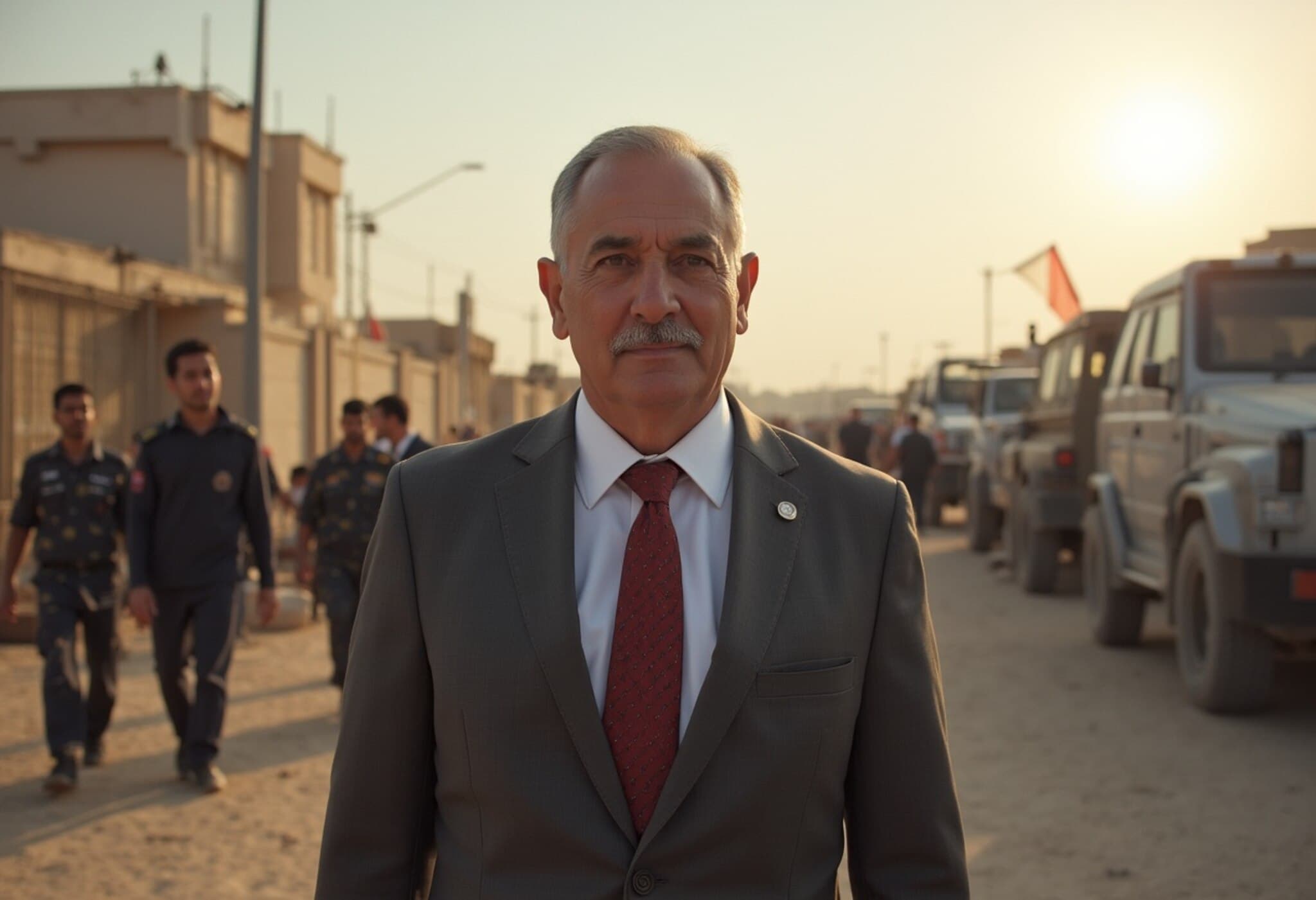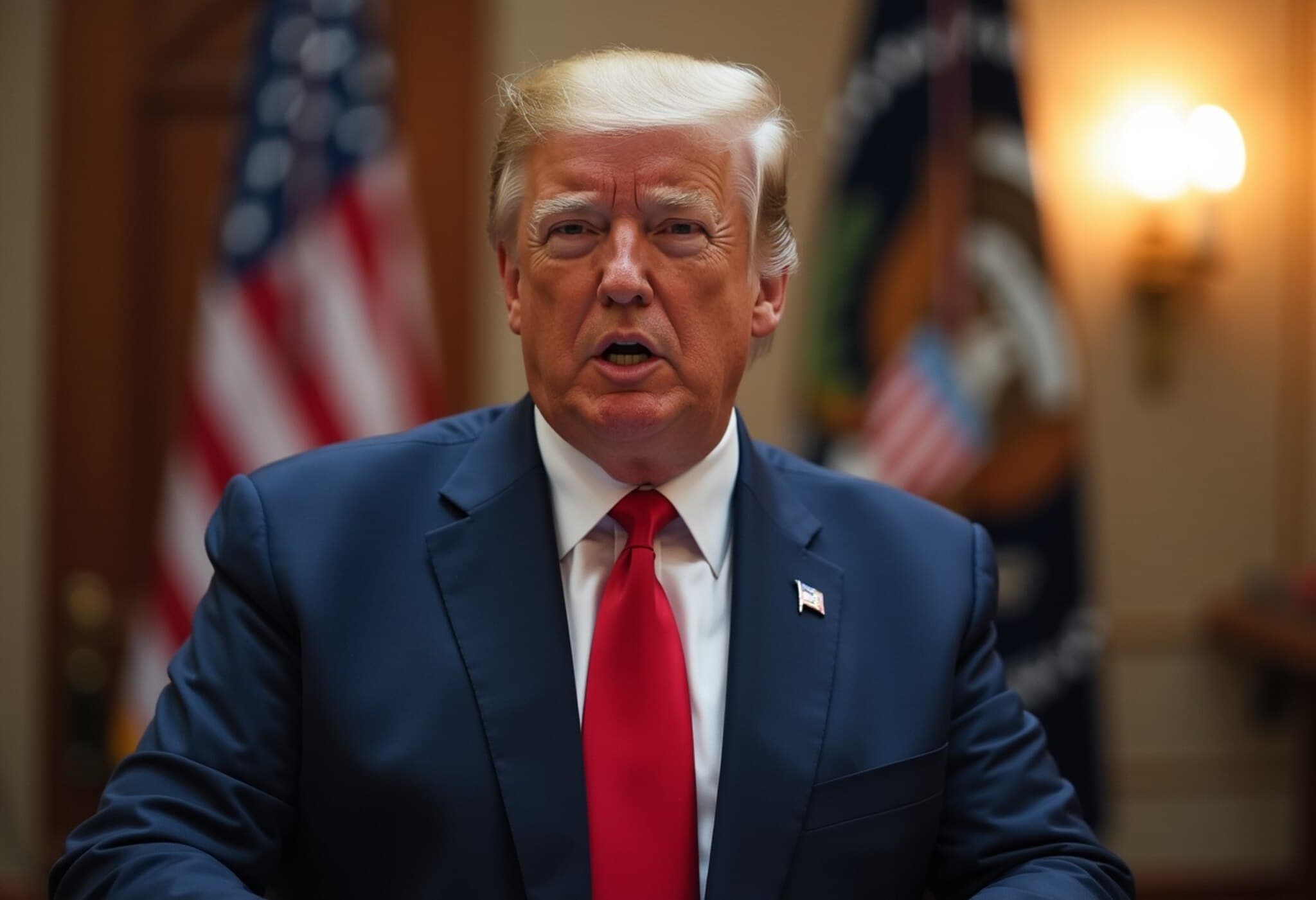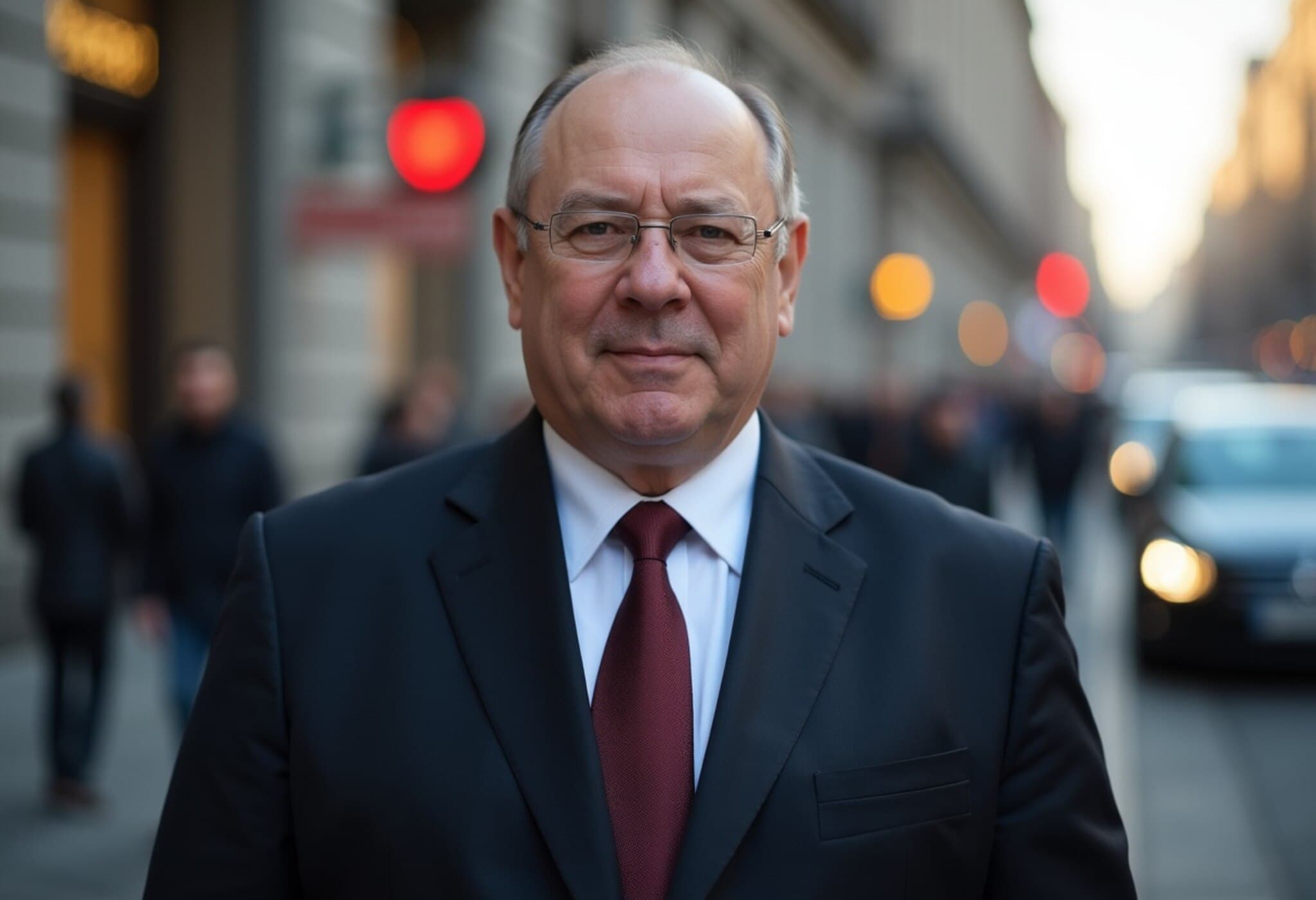Ceasefire Prospects Shift Focus from Doha to Washington
As indirect ceasefire negotiations between Israel and Hamas stall in Doha, all eyes are turning to Washington for a potential breakthrough. On July 7, 2025, Israeli Prime Minister Benjamin Netanyahu arrived in the U.S. capital for critical discussions with President Donald Trump, who has described the latest 60-day truce proposal as “final.” Reports indicate the two leaders aim to announce a ceasefire agreement from the White House as early as Monday, underscoring Washington's growing role in this complex conflict.
The Complex Netanyahu-Trump Dynamic Amid High-Stakes Talks
The relationship between Netanyahu and Trump has been anything but straightforward. Just weeks ago, the U.S. president openly expressed frustration with the Israeli leader amid tense Iran-related negotiations. Yet, the geopolitical stakes have since pivoted sharply. Trump’s administration recently launched significant airstrikes on Iran’s nuclear sites—a move long championed by Israeli defense planners. This convergence of interests appears to have bolstered their alliance ahead of the Gaza discussions.
Political analysts suggest Netanyahu’s strengthened domestic position today may allow him more diplomatic flexibility. With his right-wing coalition stable, he could pursue a Gaza ceasefire without risking political instability at home—a delicate balance crucial for Israel’s internal policy coherence.
Hamas’s Demands and the Challenges of Aid Distribution
Meanwhile, Hamas has responded with cautious optimism to Israel’s 60-day ceasefire offer, attaching significant conditions. The group insists on:
- A permanent end to hostilities rather than a temporary truce;
- Transferring oversight of humanitarian aid from U.S.- and Israeli-backed entities to the United Nations;
- Releasing a larger number of hostages.
The demand to shift aid supervision spotlights deep mistrust, especially following reports of Israeli fire at civilian aid points administered by the Gaza Humanitarian Foundation—incidents that have resulted in tragic civilian casualties.
Israel rejects these conditions as non-negotiable but has nonetheless authorized negotiators to engage in indirect talks in Qatar, signaling a willingness to explore diplomatic avenues.
Renewed Talks in Qatar and Stalled Progress
Despite the hopeful signals coming from Washington, the indirect negotiations in Doha concluded without agreement. According to Palestinian sources, a nearly three-and-a-half-hour session produced no substantial progress, as both sides remain divided over essential terms. Mediators from Qatar and Egypt plan to resume efforts on Monday, engaging separately with each side to bridge gaps.
Critically, reports indicate that the Israeli delegates lack full authorization to finalize an agreement, complicating the prospects for a deal. This raises questions about whether these indirect discussions can deliver in the face of political and tactical constraints.
The Human Cost and Military Realities
The backdrop to these talks is a grim reality on the ground. Israel’s army reported striking over 130 Hamas targets in the past day alone amid ongoing efforts to dismantle the militant group’s operational capabilities. Gaza continues to suffer devastating civilian casualties, with hospital officials reporting more than 30 deaths just on Sunday.
The 11-week blockade and recent partial easing of aid flows accentuate the urgent humanitarian concerns shaping international calls for a truce. The price of delay is felt most by Gaza’s civilian population, caught in the crossfire of this protracted conflict.
Looking Ahead: Can Washington Broker Lasting Peace?
As Netanyahu prepares to meet with Trump, the central question remains whether the U.S. can leverage its influence to push both Israeli and Palestinian actors toward a durable ceasefire. With political will, strategic concessions, and regional stakeholders’ support, Washington’s role could mark a turning point in this long-standing conflict.
However, the efforts face daunting obstacles: reconciling Hamas’s conditions, addressing deep-seated mistrust over aid distribution, managing political coalition dynamics within Israel, and satisfying international humanitarian imperatives.
Expert Commentary
Dr. Sarah Al-Masri, a Middle East policy expert, notes, “The shift from Doha to Washington highlights the evolving nature of peace-making in the Israeli-Palestinian conflict. U.S. engagement is critical, yet it must balance robust diplomacy with sensitivity to ground realities and humanitarian needs.”
Similarly, Jonathan Meyers, a veteran foreign policy analyst, suggests, “President Trump’s promise of a ‘final’ deal is ambitious. Success hinges on genuine authority behind negotiators and transparent mechanisms for aid and security—factors that have historically complicated ceasefires.”
Summary: What This Means for the Region and Beyond
- Washington’s increasing involvement signals a potential shift in mediation strategies, with the U.S. aiming to leverage its diplomatic clout.
- Complex internal politics within Israel and Hamas continue to impede swift resolution.
- The humanitarian crisis remains dire, with civilian suffering mounting amid ongoing military operations.
- Indirect talks in Doha serve as a parallel process, but their efficacy is limited without empowered negotiators.
Editor's Note:
The evolving ceasefire efforts between Israel and Hamas underscore a delicate balance between political strategy and humanitarian urgency. Washington’s role as a broker has never been more pivotal, yet success will depend on aligning diverse interests and empowering negotiators with the authority to deliver lasting peace. As negotiations unfold, the international community must remain vigilant about protecting civilians and fostering conditions that support a sustainable resolution.

